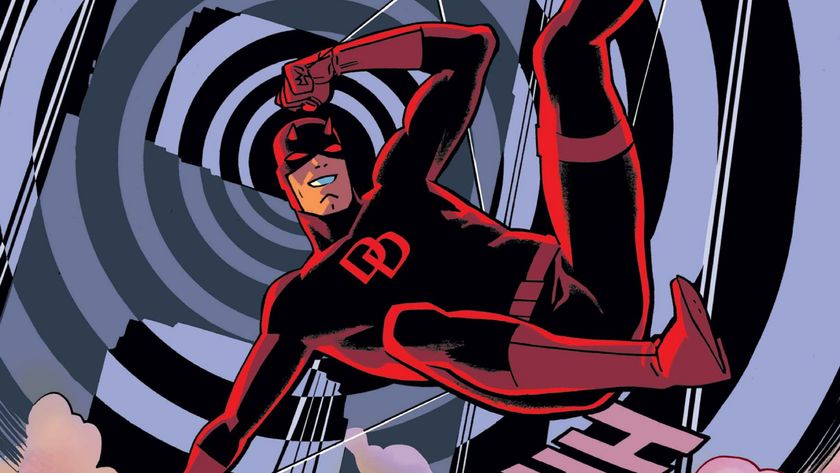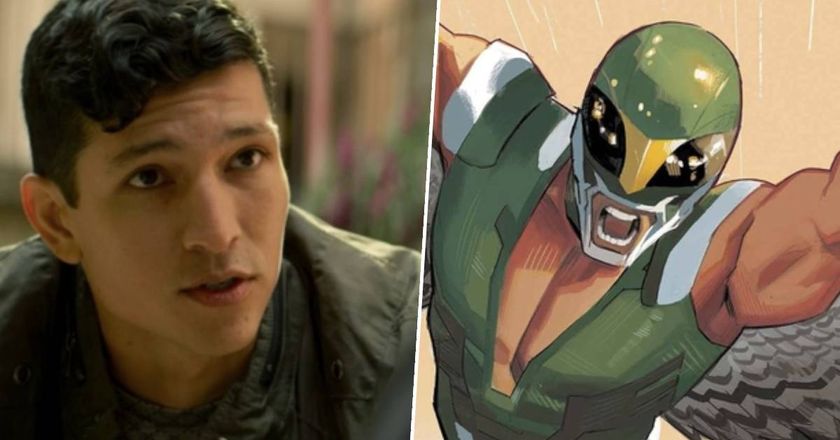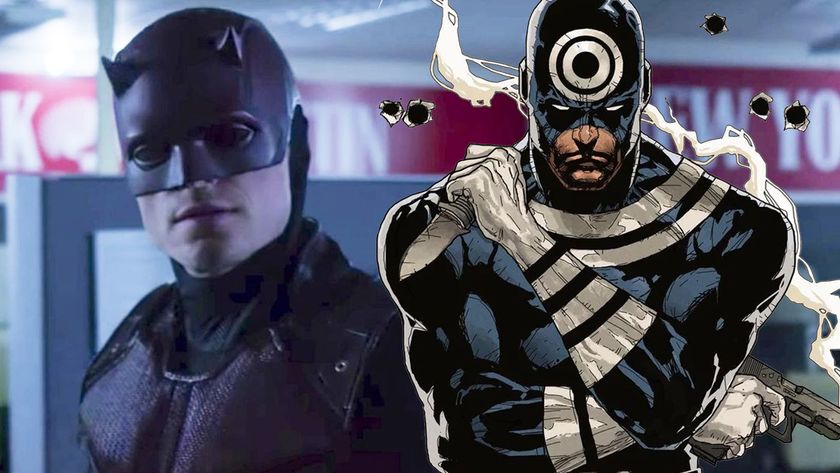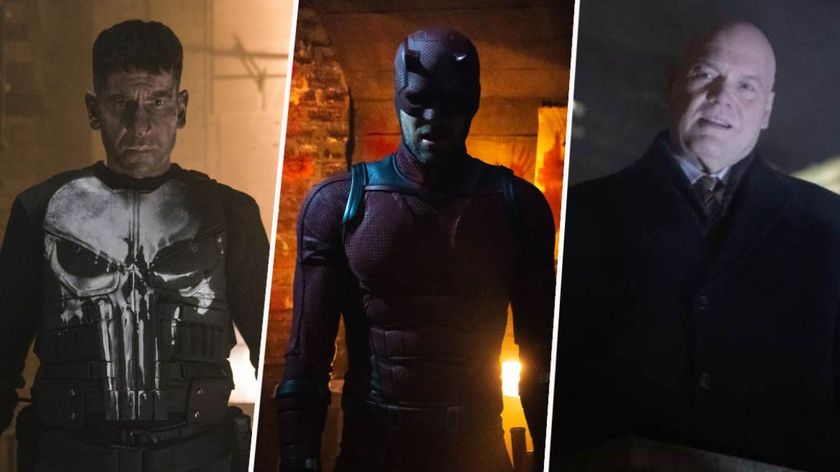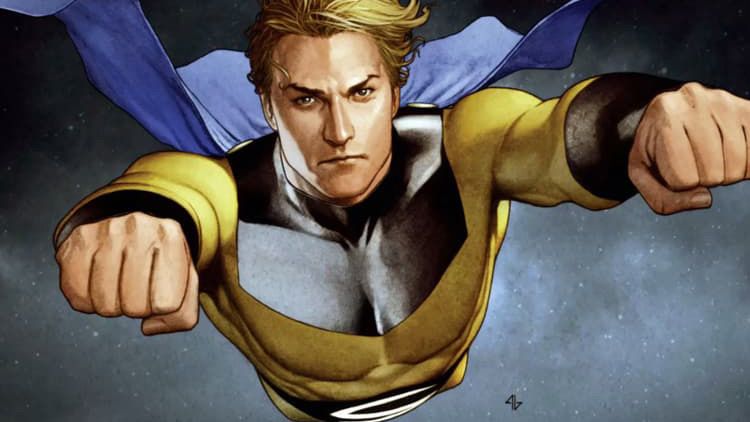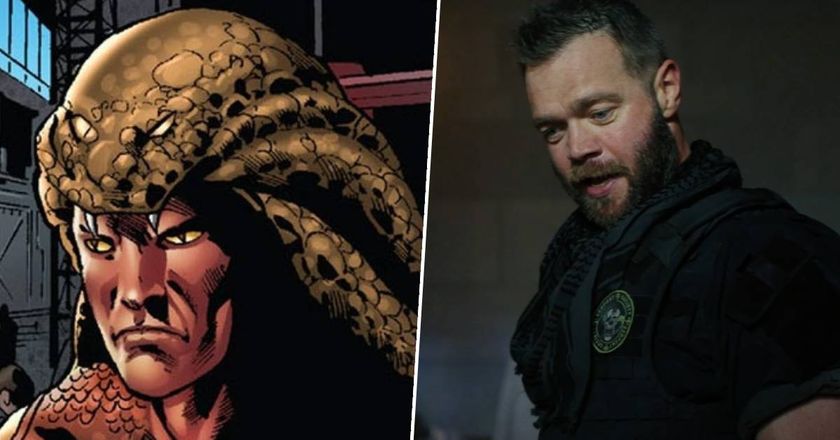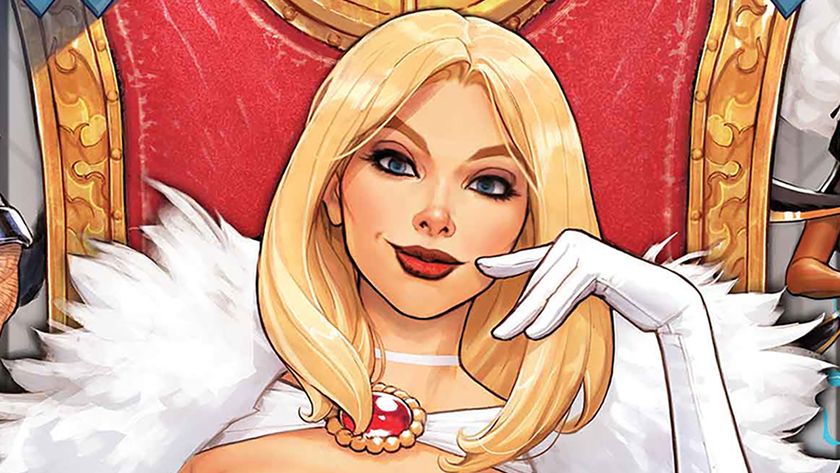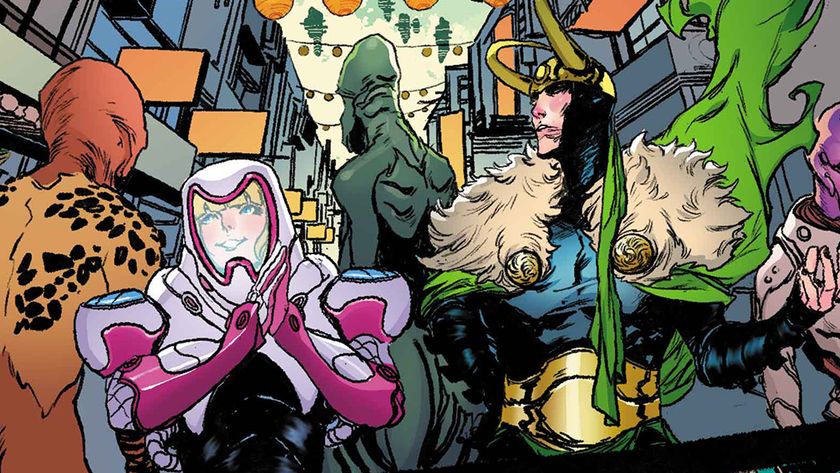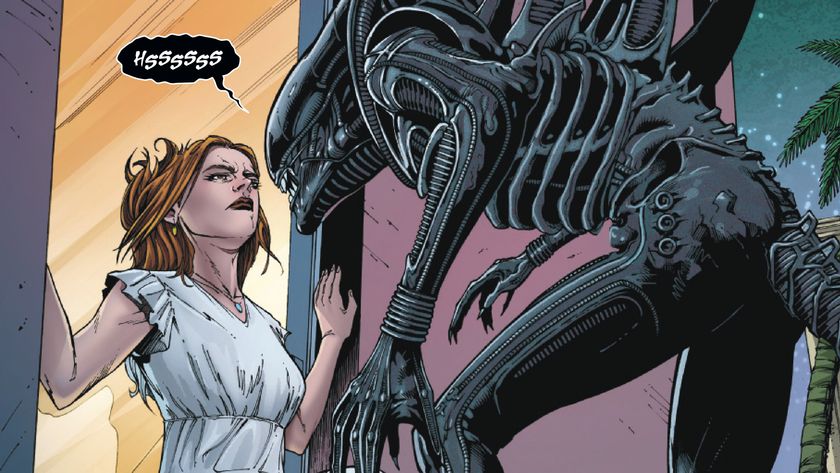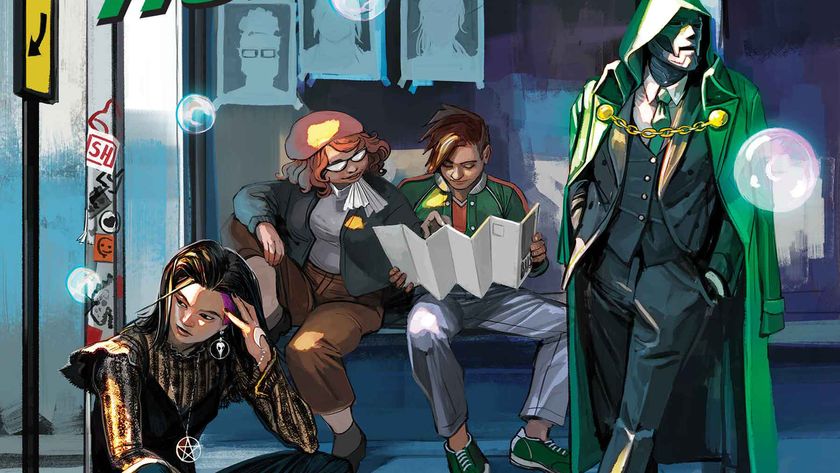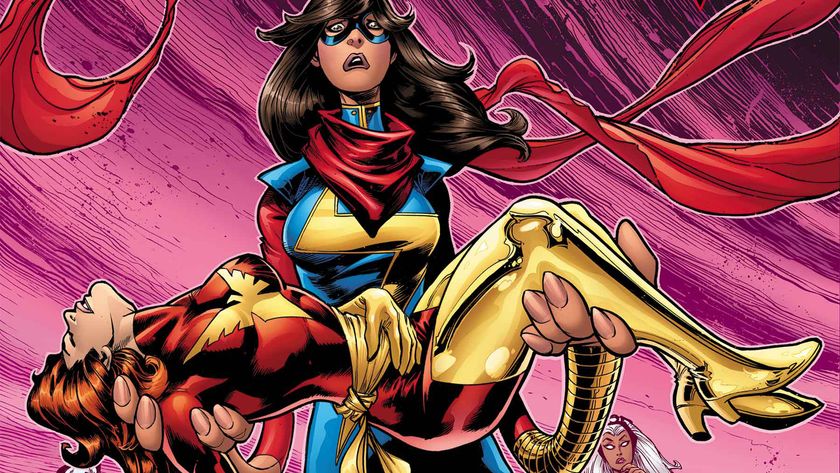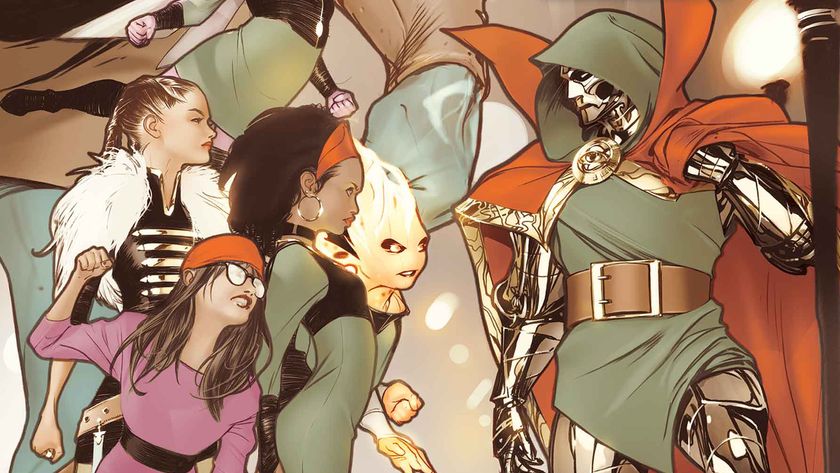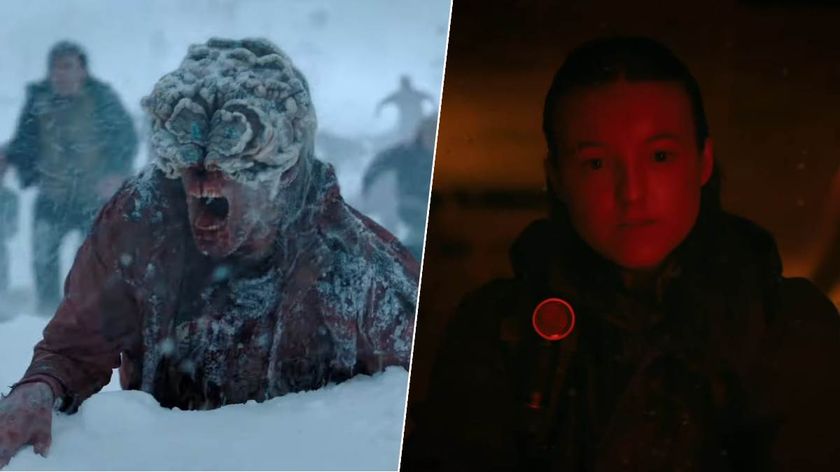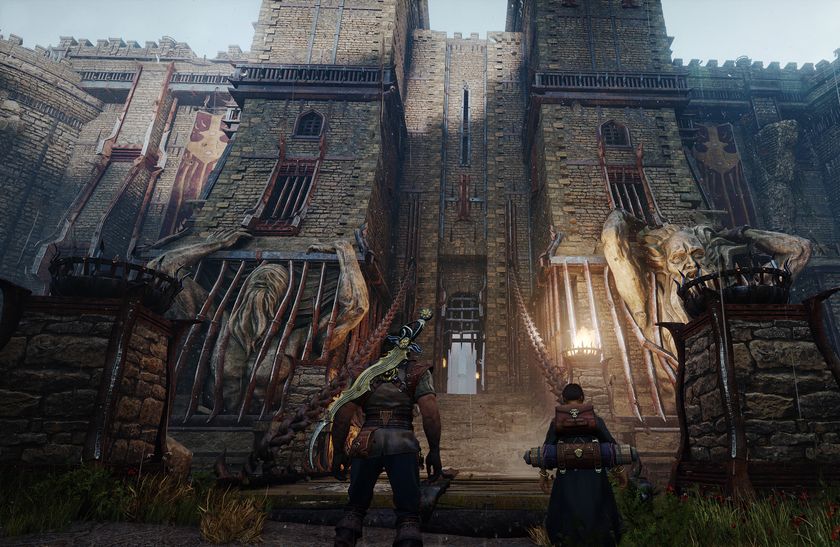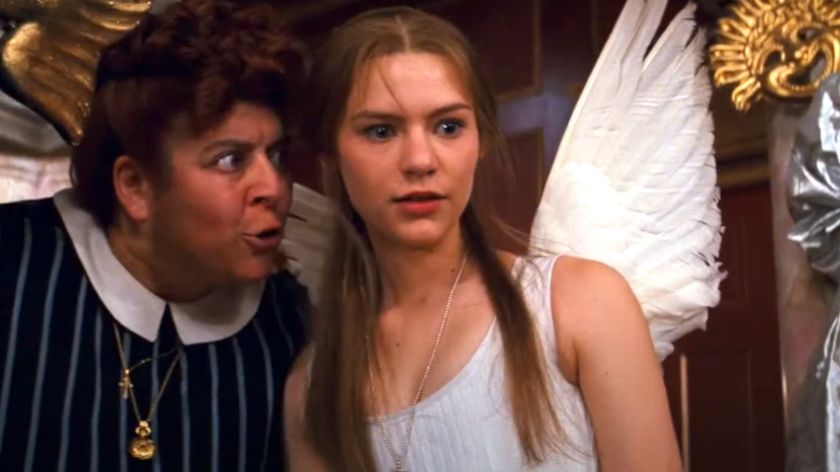Blade - the Marvel Comics history of the vampire hunting Daywalker
How much do you actually know about the comic book history of Blade the Marvel vampire hunter?
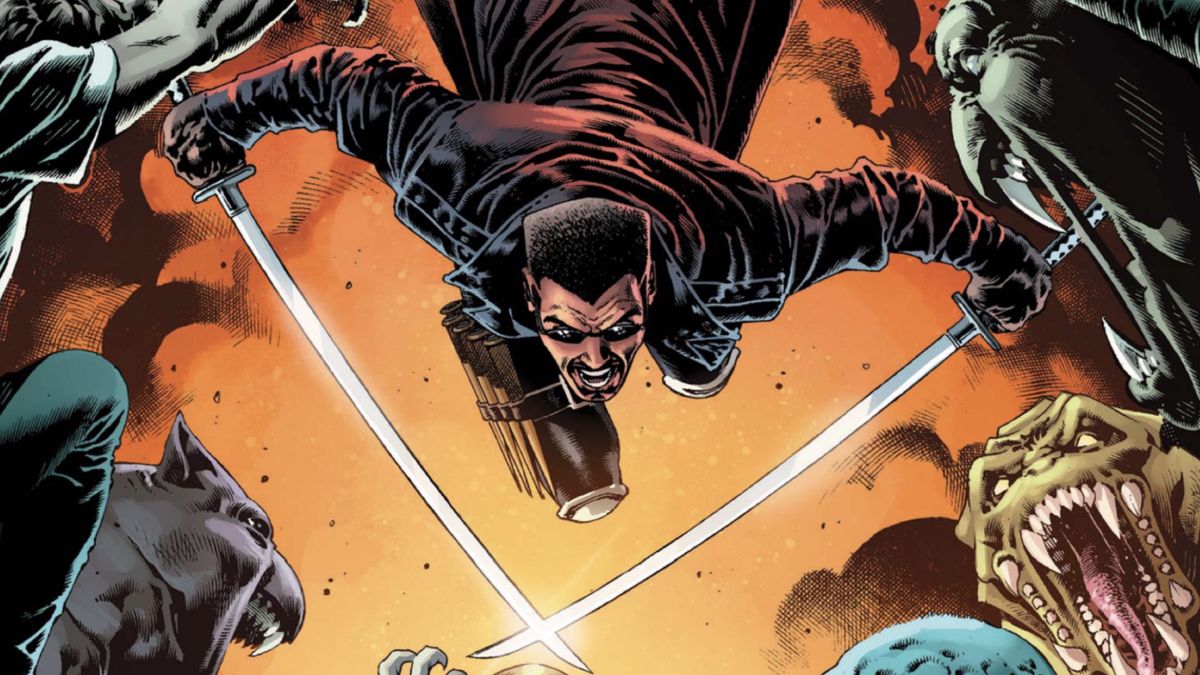
Blade. The Daywalker. The badass vampire killer with all the powers of the bloodthirsty undead but none of their weaknesses.
Despite being something of a cult character in comic books for years, Blade marks one of Marvel's earliest mainstream successes in crossing their comic books into movies - and now they're looking to repeat the process with a rebooted MCU Blade film starring Mahershala Ali in the title role.
Ali's Blade movie is just about to begin production. And for fans of the character who aren't satisfied with Ali's voice cameo in The Eternals, the original Blade movie trilogy is arriving on Netflix. Meanwhile, at the same time, Marvel is signaling a return to prominence for Blade in comics with May's Free Comic Book Day.
Even if you've seen the Blade movies a million times or more (as many of us have), how much do you really know about Blade's comic book origins, and how they were actually altered by the blockbuster movie series itself?
Whatever you do or don't know about how the boy known as Eric Brooks became the man known as Blade, we've got the whole story for you right here - including Blade's ties to some of the most prominent supernatural superheroes coming to the MCU alongside Ali's new incarnation of the Daywalker.
Who is Blade?
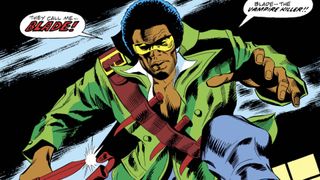
Blade made his Marvel Comics debut back in 1973 in Marvel's classic horror title Tomb of Dracula #10. And yeah, as the title implies, Blade's vampire quarry in his very first outing was none other than Marvel's version of the classic literary character Count Dracula.
In those days, Blade's origin and powers were a little bit different, though a later encounter with another Marvel vampire character you've all heard of by now (hint hint, more on that shortly) brought him closer to the version seen on screen.
Comic deals, prizes and latest news
Get the best comic news, insights, opinions, analysis and more!
As in movies, Blade's life among vampires began when his mother was bitten by the vampire Deacon Frost while pregnant with him, leading Blade (then still simply Eric Brooks) to be born with a resistance to being turned into a vampire, a subtle ability to sense the presence of the supernatural, and an elongated, near-immortal lifespan.
That last part is the reason that, despite having been born canonically in 1922 in the Marvel Universe, Blade still looks as youthful and strong as ever. And weirdly enough, the comic book version of Blade is actually British, born in the Soho neighborhood of London.
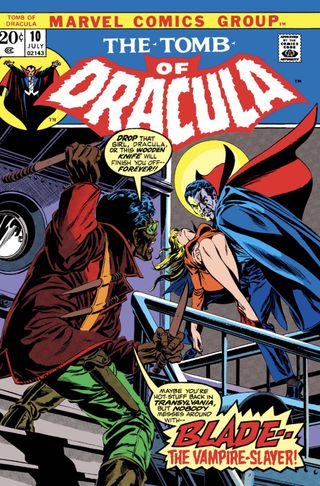
Blade's training began at age 9 when he helped an older man named Jamal Afari fend off a gang of vampires. As a hunter of the supernatural (as well as an accomplished jazz musician who also taught Blade to play the trumpet with virtuoso skill) Afari sensed Blade's nature, and took the boy under his wing, teaching him both how to hunt vampires, and how to fight at the highest levels of hand-to-hand combat.
Interestingly, Blade also spent some time with Daredevil's mentor, the enigmatic blind swordsman known as Stick, learning the ways of his namesake weapon.
After striking out on his own, Blade began teaming up with some other vampire hunters including Quincy Harker and Rachel Van Helsing, the descendants of Jonathan Harker and Abraham Van Helsing of Dracula fighting fame, and Hannibal King - a vampire who was turned by Deacon Frost, who became one of Blade's first vampire allies in the hunt for Frost.
Eventually, Blade, King, and Frank Drake, the last living mortal descended from Dracula's bloodline, formed a vampire-slaying group known as the Nightstalkers, who eventually joined up with Doctor Strange, Morbius, and others to form the team the Midnight Sons.
How Blade became the Daywalker
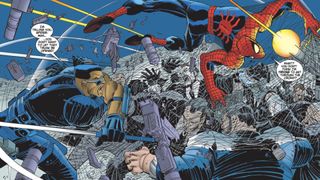
Speaking of Morbius, the lead character upcoming of the Jared Leto starring Sony Spider-Verse film of the same name, he's actually the one most directly responsible for Blade's progression from his initial incarnation as a slightly enhanced human to becoming the full-on 'Daywalker' with all the powers of a vampire and none of their weaknesses.
Morbius and Blade have traditionally had a kind of 'frenemy' dynamic, working together off and on including in the aforementioned Midnight Suns with Blade getting over his vampire hatred somewhat thanks to Morbius' scientifically induced status as a so-called 'Living Vampire.'
But when Morbius fell under the control of a villain named Loxias Crown, AKA Hunger, who is rumored to be one of the possible candidates for the role Matt Smith plays as the villain of the Morbius film, he went feral as a full-on stalking bloodsucker.
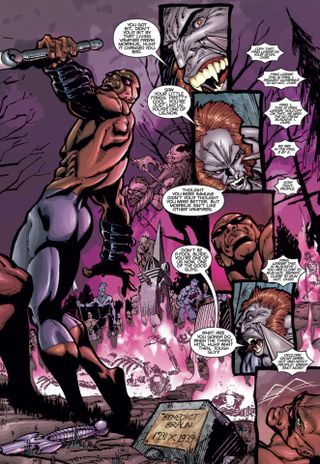
With Hunger on the loose in New York, Spider-Man teams up with Blade to track down Morbius who initially debuted in the Marvel Universe as a Spider-Man villain.
But before Hunger can be defeated, Morbius manages to bite Blade with their two unique vampire physiologies interacting to empower Blade into his full 'Daywalker' persona, complete with fully activated vampire powers and none of their traditional weaknesses to things such as daylight, silver, crosses, and garlic.
And lest anyone think the idea of movies and comics bringing their stories closer in line to each other is a new phenomenon, the story in which Blade became the 'Daywalker' was told in 1998's Peter Parker: Spider-Man #8 - just about a year before the original Blade movie was released to theaters - and the issue in which his transformation was revealed, Blade: Vampire Hunter #1, came out in October 1999, just after the film's August 1999 theatrical release.
Blade in the Marvel Universe
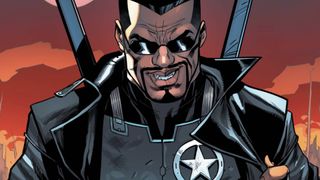
Though he's often worked primarily in the supernatural corner of the Marvel Universe alongside the Midnight Sons, Doctor Strange, Morbius, and other similar characters Blade also has a growing history with the Avengers in comic books, perfectly priming him to likely join some cinematic version of the team when Mahershala Ali's Blade makes his full MCU debut.
Interestingly, Blade's association with a team called the Avengers actually predates the modern incarnation of the team in Marvel Comics continuity. In Marvel Universe lore, the name 'Avengers' was used several times before Iron Man, Thor, Hulk, Wasp, and Ant-Man formed the best known version of the team to take on Loki, including a spy team formed in the '50s by Nick Fury, and a version in the '70s that included Blade.
The '70s version, dubbed the 'Mighty Avengers,' included Blade; Adam Brashear, better known as the superhero Blue Marvel; Detective James Lucas, the estranged father of Luke Cage; Constance Molina, a tabloid journalist who reported on monsters and cryptids; and Kaluu, a former student of the Ancient One who has been both an enemy and ally of Doctor Strange. Together, they took down a group of necromancers known as the Deathwalkers with ties to Kamar Taj, the home of the Ancient One.
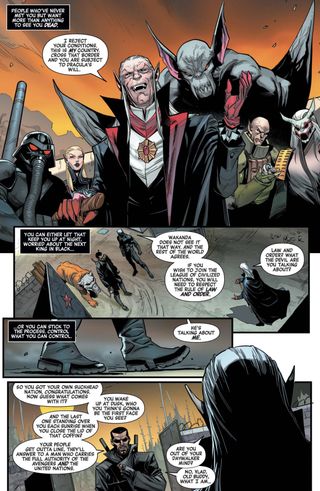
The '70s adventures of these so-called 'Mighty Avengers' were revealed in the present day when Kaluu and Constance Molina returned to warn Blade of the return of the Deathwalkers, leading him to join up with a contemporary Avengers team which included Blue Marvel, Monica Rambeau, Luke Cage, and others in the appropriately titled Mighty Avengers series.
That's also the same Mighty Avengers title where Blade took up the mantle of Ronin for a little while (after an ever-so-brief stint disguising his identity in an off-brand 'Spider-Hero' Halloween costume'.
Blade has also been a part of Jason Aaron's ongoing Avengers title, and played a central role in 2021's Heroes Reborn summer event as one of the heroes who was able to break through the rewritten reality in which he and the other Avengers were trapped in the story.
Most recently, Blade was appointed 'Sheriff' of the newly founded Vampire Nation, created by Blade's old nemesis Dracula in the irradiated Chernobyl Exclusion Zone which is uninhabitable by humans. As Sheriff, Blade's job is to keep the vampires in their territory and to protect the humans of the surrounding areas from any encounters with the undead.
Marvel editor-in-chief CB Cebulski also just began teasing a return in comics for Blade in one of Marvel's upcoming Free Comic Book Day titles, though not exactly where he'll pop up.
Blade in the Marvel Cinematic Universe
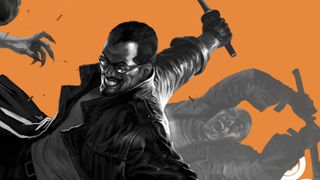
Blade has had a single MCU cameo already, though only in voice, speaking to Dane Whitman in a post-credits scene from Eternals. As Whitman starts to pick up the fabled Ebony Blade which he wields in comics as the Black Knight, Blade's voice is heard off-screen saying "Are you sure you're ready for that, Mr. Whitman?".
That may actually tell us more about the MCU incarnation of Blade than the simplicity of the scene initially lets on. For one thing, we know he's got knowledge of the Ebony Blade that Whitman doesn't seem to have yet (and we're betting that's got more to do with Blade's expertise in the supernatural than his love of swords).
That secret knowledge may point to a much longer hidden role in the MCU than simply being a newly debuting character, similar to how characters like Hank Pym and Carol Danvers played important but previously hidden parts in the history of the MCU and its progression to the fight between Thanos and the Avengers.
And don't forget, Blade has a full-on secret history with his own hidden Avengers team in Marvel Comics, so there's more than enough precedent for something similar to be part of his MCU backstory - especially considering Blade's '70s Avengers team came together to take on villains with ties to Doctor Strange, a central character in the current MCU.
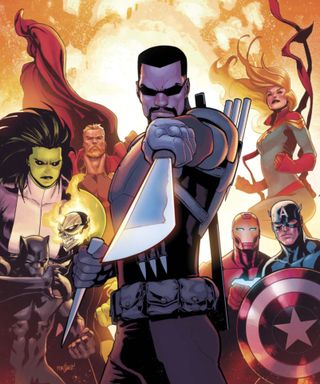
Then of course there's Blade's comic book connection to Spider-Man and perhaps more importantly Morbius, who will soon debut in his own Sony movie that has hinted at some amount of crossover with characters from the MCU, meaning a big-screen meeting between Blade and Morbius isn't entirely out of the question.
Blade also has comic book ties to the X-Men, who will soon debut in the MCU with a version of Patrick Stewart's Professor X appearing where else but in Doctor Strange in the Multiverse of Madness (there's that Strange connection again). In comics, Blade once teamed up with the X-Men to fight Dracula's son and his vampire army in a story that culminated in the mutant Jubilee being turned into a vampire for a time.
Whatever role he winds up playing in the larger MCU, Blade's comic book ties to a wide variety of heroes including Doctor Strange, the X-Men, the Avengers, Morbius, and even the potentially returning Daredevil, along with his already well-known status among regular moviegoers add up to possibly position Blade as a surprisingly central character in Marvel Studios' burgeoning supernatural storyline.
Considering all of the above, it's probably no surprise that Blade sits at the top of the best vampire superheroes ever.
I've been Newsarama's resident Marvel Comics expert and general comic book historian since 2011. I've also been the on-site reporter at most major comic conventions such as Comic-Con International: San Diego, New York Comic Con, and C2E2. Outside of comic journalism, I am the artist of many weird pictures, and the guitarist of many heavy riffs. (They/Them)
